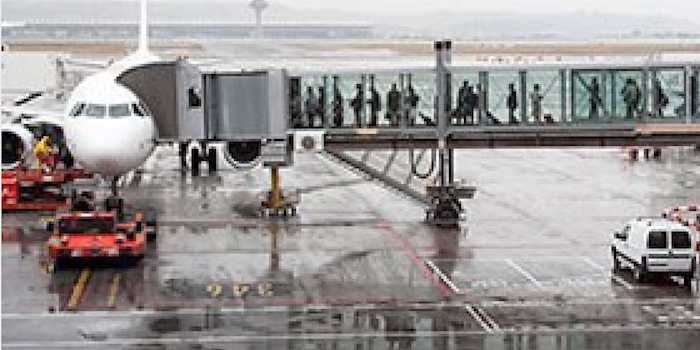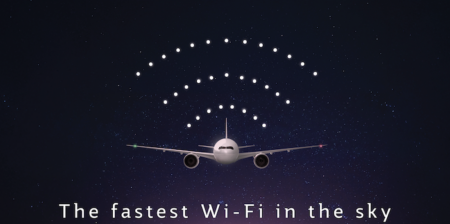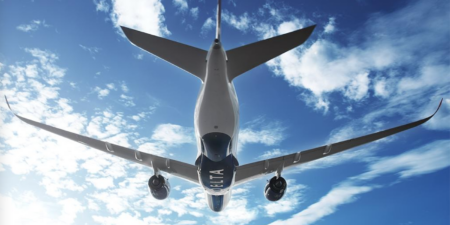Testing passengers for Covid-19 during the air travel process has become a big topic, which IATA is addressing through the release of recommended criteria. Should governments around the world decide to introduce Covid-19 testing for travellers arriving from countries considered as high risk, that testing must deliver results quickly, be able to be conducted at scale, and be highly accurate. Additionally, testing must be cost-effective and not create an economic or logistical barrier to travel – the sector certainly does not need any further barriers as it strives for recovery.
The International Civil Aviation Organization (ICAO) has published Takeoff guidance for governments to follow in reconnecting their people and economies by air. The guidance outlines layers of measures to mitigate the risk of virus transmission during air travel and the risk of importation of Covid-19 via air travel, but does not recommend that Covid-19 testing should be a necessary condition for re-opening borders or resuming air services.
ICAO says that technology for rapid point-of-care Polymerised Chain Reaction (PCR) testing could be a useful layer of protection for travellers from countries considered as higher risk than their destination, and one that could potentially remove the need for more burdensome and intrusive measures such as quarantine, which is a major barrier to travel and the recovery of demand.
“Airlines are committed to reducing the risks of Covid-19 transmission via air travel, and Covid-19 testing could play an important role. But it must be implemented in line with ICAO’s global re-start guidance with the aim of facilitating travel,” said Alexandre de Juniac, IATA’s director general and CEO. “Speed, scale and accuracy are the most critical performance criteria for testing to be effectively incorporated into the travel process.”
According to ICAO and IATA, Covid-19 testing would need to be conducted by trained public health officials as part of the travel process, and meet the following criteria:
- Speed: Testing results should be delivered quickly, with results available in under an hour as the minimum standard
- Scale: If testing takes place at the airport, testing capacity of several hundreds of tests per hour must be achievable. The use of saliva for taking samples rather than nasal or throat swabs would facilitate this, and would also be expected to reduce time and improve passenger acceptance
- Accuracy: Extremely high accuracy is essential. Both false negative and false positive results must be below 1%.
Where does testing fit in the travel process?
In ICAO’s view, ideally Covid-19 testing would be required in advance of arrival at the airport and within 24 hours of travel. Passengers arriving “ready to fly” reduces the risk of contagion in the airport and enables early re-accommodation for any traveller who tests positive.
If testing is required as part of the travel process, it is recommended that this happens at departure. Governments would need to mutually recognise test results, and data transmission should take place directly between passengers and governments in a similar manner as e-visa clearances are currently handled.
Any testing requirements should only be in place for as long as necessary. To ensure this, regular evaluations should be conducted, stated IATA and ICAO.
Who pays?
Cost is an important consideration of testing, and while it gives health and confidence benefits for air travel, testing should not provide an economic barrier. However, testing at some European destinations can cost in excess of $200. Thus IATA supports the World Health Organization (WHO) International Health Regulations, which require governments to bear the costs of mandatory health testing. Where a test is offered on a voluntary basis, it should be charged at cost price.
What happens when someone tests positive?
Ideally, testing takes place prior to travel or at the point of departure, and a positive result would mean that the passenger could not travel as planned. In this case, airlines have been offering flexibility to consumers, including re-booking or refunds in line with the airline’s commercial policy. Many airlines are offering the same flexibility to passengers who suspect that they have symptoms consistent with Covid-19 as well as members of the same travelling party, particularly when they are members of the same household.
If testing is mandated on arrival and a passenger tests positive, then the passenger should be treated according to the requirements of the receiving State. IATA states that airlines should not be required to repatriate the passenger(s) or ‘punished’ with financial penalties such as fines or through operational penalties such as the withdrawal of the right to operate in the market.
“Most of Europe’s governments have not made Covid-19 testing a requirement for re-start. That is encouraging and in line with EASA and ICAO guidelines,” stated de Juniac.
“Testing can, however, play a role as an extra layer of protection for countries where risk is assessed at a higher level. And testing is by far a preferred alternative to quarantine measures, which essentially keep a country in isolation and its tourism economy in lockdown.
“We have seen a few countries, like Iceland, implement testing on arrival as an alternative to quarantine. The point to emphasise here is that testing before departure would be much more efficient. It would keep people who test positive completely out of the travel system. The challenge, however, is for governments to work together so that testing data from the departure location is accepted by the arrival state.
“Further, testing will need to cope with the growing volumes of travellers. That means delivering accurate results fast and at the scale of airport operations. Progress towards these goals is encouraging. And then the last point that needs to be addressed is cost. Testing should not become an economic barrier to travel. If governments require testing, they must bear the cost. That was agreed by governments in the WHO’s International Health Regulations.”





